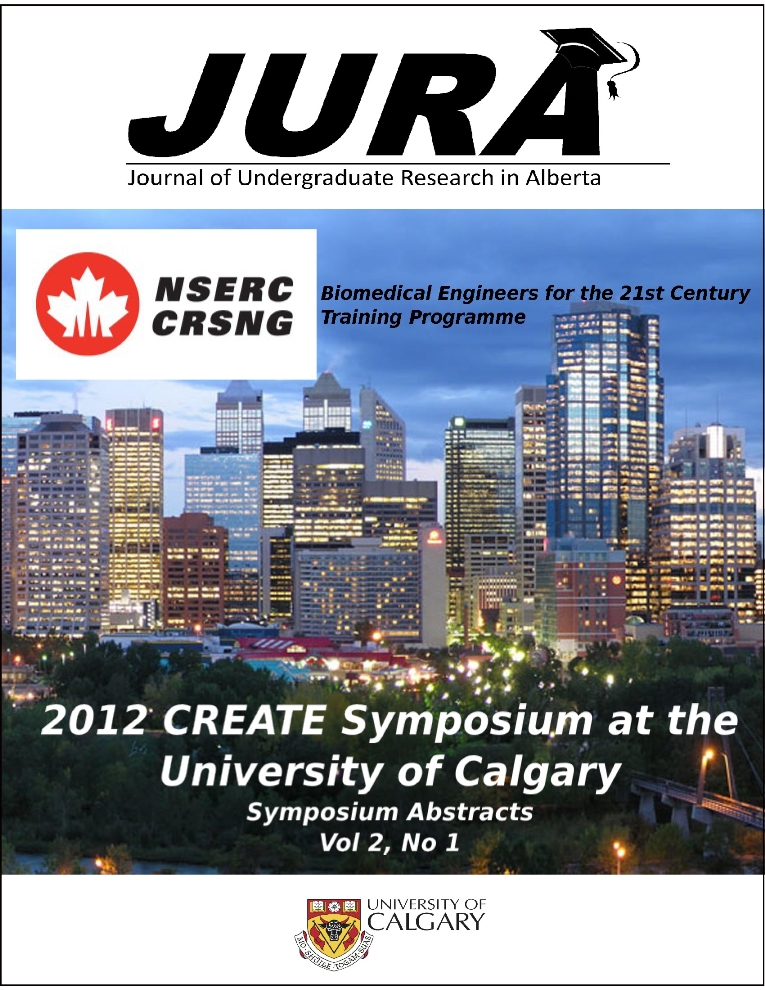Quantitative Comparison of Susceptibility-weighted Imaging Methods for Detection of Differences in Deep Grey Matter in Multiple Sclerosis
Abstract
Problem: Investigating signal changes in deep gray matter (DGM) structures isa novel approach to understanding the role of iron in the progression of multiplesclerosis (MS)1,2,3. T2* weighted angiography (SWAN) is a new susceptibility weighted3D imaging method offering less noise than the traditional T2* weighted gradientrecalled echo (T2* GRE) method4. We assess the difference between SWAN and T2*GRE and their ability to detect signal changes in DGM structures and image quality.Method: Five healthy controls and 13 MS patients were selected from an ongoingstudy. MRI was performed on a 3T MR scanner using the standard protocols forthe following sequences: a 3D multi-echo SWAN, a 2D single-echo T2* GRE. Signalmeasurements were taken in DGM structures with the FMRIB software library andcontrast-noise (CNR) and signal-noise (SNR) ratios were calculated. Statistical analysiswas conducted with SPSS v19 using two-way ANOVA and post-hoc for weighted andun-weighted means.Results: An interaction effect was observed between region and module. Controlsconsistently had a higher signal than MS patients in T2* GRE, however this onlyoccurred in two out of the four regions in SWAN. SWAN demonstrated a higher SNRthan T2* GRE offering a cleaner image. T2* GRE and SWAN offered equal contrast ontwo structures. T2* GRE was considerably superior to SWAN in the remaining two.Conclusions: SWAN allows for a cleaner image which may provide a qualitativeadvantage for trained radiologists but is not significantly superior to T2* GRE quantitatively.T2* GRE offered superior contrast to SWAN, providing better separation oftissue. Larger differences in signal intensity between control and MS patients observedin T2* GRE make MS patients more distinguishable. Consistent pattern (control higherthan MS) in T2* GRE makes it more reliable than SWAN for detecting changes in DGMstructures.Downloads
Download data is not yet available.
Downloads
Published
2012-10-25
Issue
Section
Articles
License
Authors retain all rights to their research work. Articles may be submitted to and accepted in other journals subsequent to publishing in JURA. Our only condition is that articles cannot be used in another undergraduate journal. Authors must be aware, however, that professional journals may refuse articles submitted or accepted elsewhere—JURA included.


